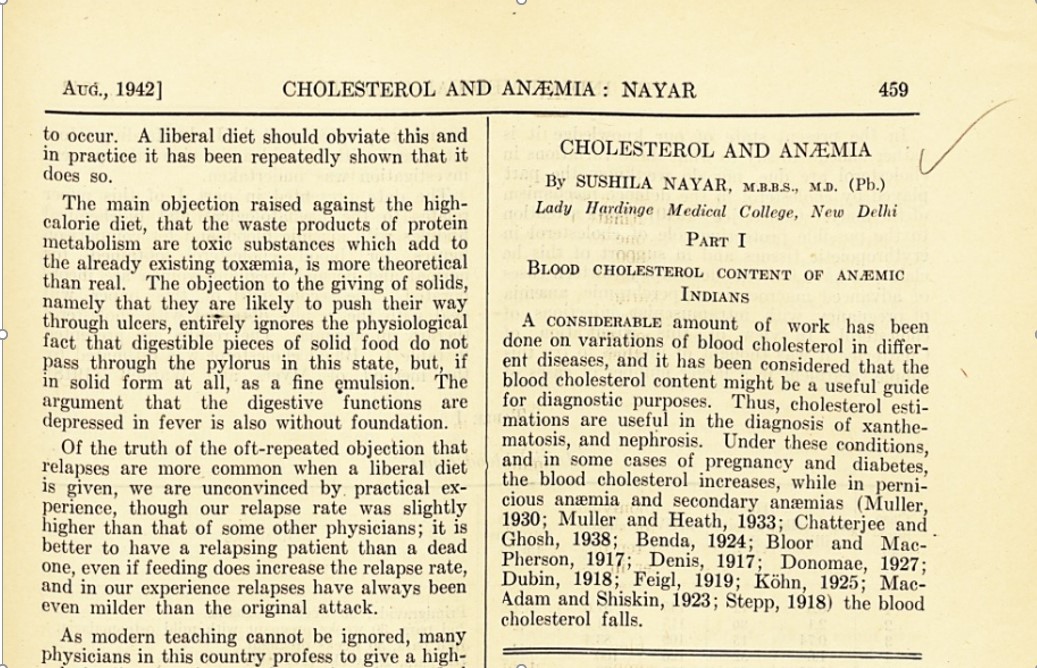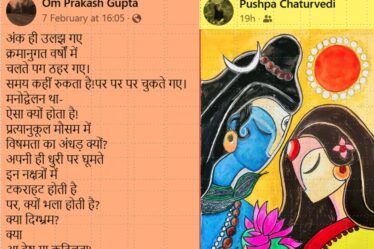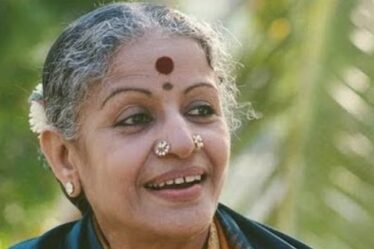
This afternoon, while leafing through the brittle pages of a dusty medical journal, I paused. There it was—a paper from 𝘛𝘩𝘦 𝘐𝘯𝘥𝘪𝘢𝘯 𝘔𝘦𝘥𝘪𝘤𝘢𝘭 𝘎𝘢𝘻𝘦𝘵𝘵𝘦, dated August 1942.
The author: Dr. Sushila Nayar.
I blinked. Could it be 𝘰𝘶𝘳 Sushila Nayar? The physician who walked beside Gandhiji and founded 𝘩𝘦𝘳 MGIMS? The young doctor who became a voice of public health in post-independence India?
Yes. She was just 28 when she wrote it.
And the timing? Startling. This paper, a nine-page study on anaemia and cholesterol, was completed just days before she followed Gandhiji into Yerwada Jail during the Quit India Movement.
She would remain imprisoned for nearly two years. Yet here was a scientific paper, quiet and precise, born in a time of chaos.
Was it her MD thesis? I believe so. She never mentions it explicitly, but the rigour, the detail—it bears the mark of a dissertation distilled for publication. And she was the sole author.
What did she set out to explore?
Dr. Nayar posed a simple, curious question: Is cholesterol in any way linked to anaemia? To answer it, she studied 51 patients at Lady Hardinge Medical College in Delhi. She drew blood, measured haemoglobin, counted red cells manually under a microscope, noted their shape and size, and categorized the anaemia based on morphology—iron deficiency, macrocytic, mixed. No automated counters.
No digital lab reports. Just a microscope, stained slides, and a steady hand.
Then came the intervention. She injected cholesterol—dissolved in olive oil—deep into muscle, on alternate days, for three weeks. She watched, waited, recorded.
But the results didn’t dazzle. “Not encouraging,” she wrote, with scientific restraint. Most patients had to be shifted to liver therapy, the mainstay of treatment for macrocytic anaemia at the time.
Still, her findings were revealing. She observed that serum cholesterol in Indians tended to be lower than in Europeans. That anaemia bore no direct relationship to cholesterol. That parasitic infections—common in her patients—drove cholesterol levels even lower. That liver therapy outperformed cholesterol injections in treating macrocytic anaemia of pregnancy. But in the postpartum period, cholesterol seemed to speed recovery a little.
Her tables—three of them—present the clinical features of all 51 patients. The layout is clear, the prose concise. No statistical tests appear—this was 1942, after all—but the reasoning is sharp, the conclusions thoughtful.
And imagine the conditions under which she worked.
No PubMed to search for literature. No SPSS to run statistics. No computers to store data. Just piles of handwritten notes. Haemoglobins measured in Sahli tubes. Cells counted manually using a hemocytometer. The paper typed—line by line, word by word—on a Remington typewriter.
And all this while living a life few today could fathom.
She was Gandhi’s personal physician. She had just founded a modest hospital for rural women in Sevagram. She was battling a cholera epidemic in the villages. British surveillance loomed over her. She was about to walk into prison.
And still—still—she found time to finish a scientific study and send it for publication.
This wasn’t just a paper. Not something penned to pad a CV.
This was a quiet, powerful assertion that science must live, even when freedom is choked. That inquiry doesn’t stop when the world is burning. That a young woman, in colonial India, could ask questions, find answers, and carve a place for herself in the pages of medical history.
I read the last line. I looked at her name again. And I felt something rise in my chest.
What a paper.
What a time.
What a woman.
Badi Behenji, I bow before your courage, your mind, and your love for science.

